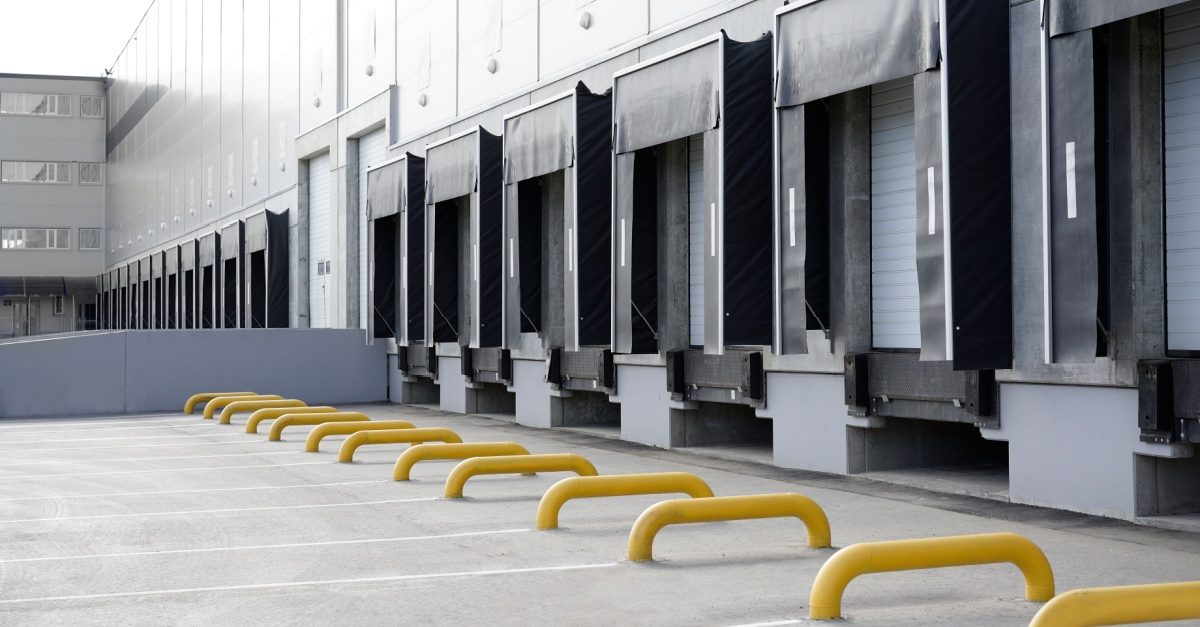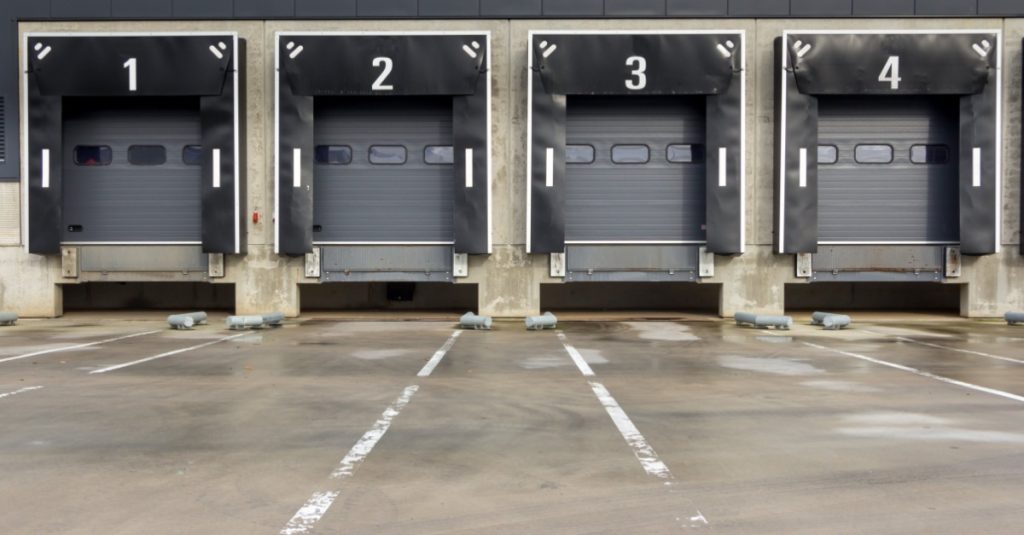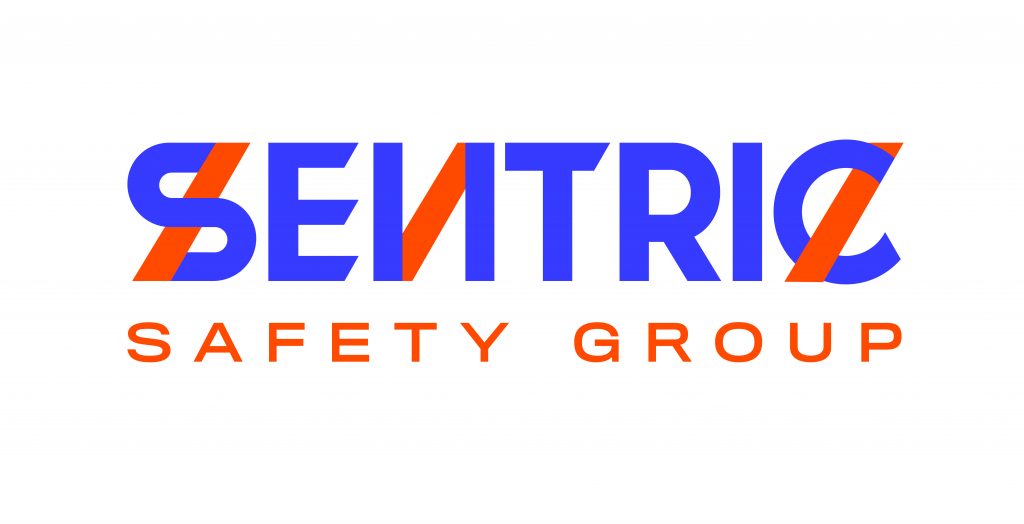
The Dangers of Loading Bay Operations and the Industries Impacted.
Loading bays are critical hubs utilised across multiple and varied industries where goods are transferred between vehicles and warehouses or distribution centres. While they are essential for efficient logistics, loading bay operations pose significant dangers that can result in accidents, injuries and fatalities, and sometimes momentous financial losses.
What’s more, the rise of e-commerce has meant that warehouses and logistics companies are under ever-increasing pressure to deliver goods faster and more efficiently in industries such as retail, food and beverage, manufacturing, warehouse and storage, and more.
With increased speed and the need for optimum efficiency, often comes error. This is where significant safety risks and dangers present themselves. Understanding these dangers and the industries impacted is crucial for ensuring workplace safety and minimising disruption.

Dangers in loading bay operations
Each year, thousands of accidents occur during loading and unloading processes, which can lead to injuries, damaged goods, and costly downtime. According to ISHN, it is estimated that loading bays account for 25% of all industrial accidents.
This figure is no surprise when you take a closer look at the statistics. According to the Health & Safety Executive (HSE), vehicle collisions are one of the most frequent accidents in the loading bay. Accidents involving trucks, forklifts, or other vehicles, are a prevalent risk due to tight spaces and high traffic volumes. In the United States, OSHA’s most recent estimates indicate that between 35,000 and 62,000 injuries occur every year involving forklifts, and that if companies implemented safety systems, that about 70% of forklift accidents could be prevented. That is a huge figure.
Accidental lorry departure, or an accidental drive-away, is also one of the most serious mishaps, and it makes for a very costly one too.
When the pressure for efficiency is mounting, other accidents happen more frequently too. The most common dangers at loading bays also include falls, vehicle creep, as well as struck-by and caught-between injuries. These can lead to long-term damage to personnel, or worse, fatality. The likelihood of these accidents also only increases when workers are trying to beat the clock, moving between vehicles and warehouses at speed.
Working in haste also means that faulty loading bay equipment is overlooked. Bay levelers, ramps, and doors can malfunction, posing risks to both personnel and goods.

Industries severely impacted
The reality is that many industries face these very real risks every day. Industries such as retail, food and beverage, manufacturing, warehouse and storage, and third-party logistics fulfillment companies across the world all take on these challenges.
The retail industry depends on efficient logistics for retailers to restock shelves and fulfill customer orders timeously. Problems like those mentioned above, incurred from lack of safety in the loading bay, can lead to delays in replenishing inventory, affecting sales and end-user satisfaction. The same goes for manufacturing facilities. They also rely on timely deliveries of raw materials and components, making loading bays crucial for maintaining production schedules in the manufacturing industry. While these interruptions are a massive reputational risk, the risk to personnel on site is far greater.
Food and beverage facilities face many unique challenges, but most come from the loading bay. This is because in the food and beverage supply chain, quality control is a primary concern, and time is a critical factor. When transporting food, both fresh and frozen, the environment must firstly be closely controlled, but the goods must also be loaded and transported in a very regulated space of time to ensure food integrity and no contamination. In haste, mistakes can happen, which puts not only personnel on site at risk, but the product too.
“The Industry is experiencing rapid growth”
Loading bays are also integral to the supply chain in warehousing, storage, and distribution operations, making these industries particularly susceptible to disruptions caused by accidents or equipment failures. Again, more than loss of time or the incurrence of cost, the personnel working on site are those most at risk. The same goes for the 3PL industry. It is always evolving, and the industry is experiencing rapid growth, which means they too experience these issues, and safety is an ongoing concern.
The types of loading operations may differ across these industries; some require gangway loading with tanker vehicles, others employ open loading platforms, or utilise side loading or box truck/rigid vehicles. However, the risks remain the same, and it is evident that across all these industries, when loading bays are unsafe and the correct systems are not in place, there are several serious impacts.
Downtime and productivity loss, damage to equipment, goods and reputation, insurance costs, and affected turnover, can all be the result of an unsafe loading bay. However, the worst possible outcome of an unsafe loading bay is, of course, injury and fatalities on site.

Mitigating loading bay risks and ensuring safety on site
While these impacts are very sobering, there are solutions available on the market. When the correct safety systems are in place, the risk of human error when working at speed is mitigated, and a safer working environment can be maintained. More than that, downtime is reduced, equipment is protected, costs are lowered and turnover less affected. Installing safety systems in the loading bay is therefore imperative.
Industry leaders do have options when it comes to ensuring safety on their loading bay, to mitigate these risks and ultimately keep personnel safe, and customers satisfied. Loading bay safety systems like Salvo are a first-class option as they both enhance safety and streamline operations.
Safety at the loading dock can be complicated and dangerous, but it doesn’t have to be. The Salvo safety system safeguards against accidental drive-aways at the loading bay. The safety system forces employees into following a safe sequential process giving business leaders and facilities managers peace of mind that a safe process is being followed 100% of the time. Investing in safety will save lives and unforeseen expenses, it is just a matter of recognising this, and installing the appropriate safety system.
It can and should be done
Loading bay operations are fraught with risks and dangers that can impact various industries, from warehousing and manufacturing, to retail, and food and beverage. By understanding the common dangers and implementing effective risk mitigation strategies like safety systems to prevent accidental drive-aways, businesses can enhance workplace safety, prevent accidents, and ensure the smooth flow of goods through their supply chains, whatever the time constraint.
Prioritising safety in loading bay operations is not only a legal and ethical responsibility but also a crucial aspect of maintaining operational efficiency and competitiveness in today’s global marketplace.

For more information about Salvo’s safety solutions, please read more at https://www.sentricsafetygroup.com/sector/loading-bay-solutions/ and get in touch.
Make your warehouse operations safe and sustainable with IoSCM. Call 0800 1422 522 today to find out how we can help.

